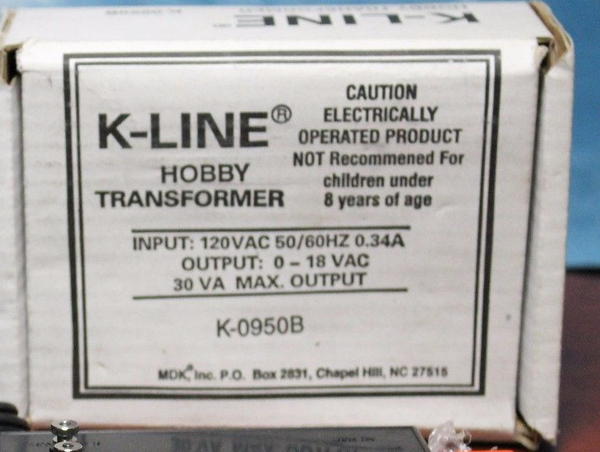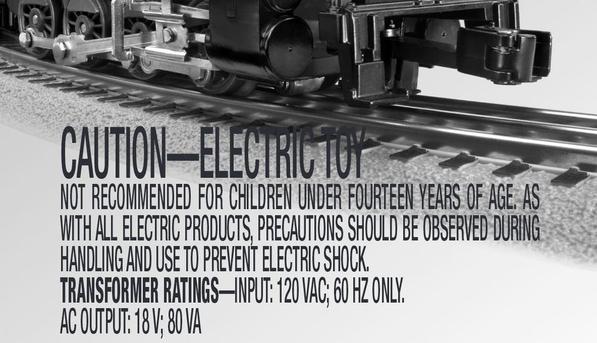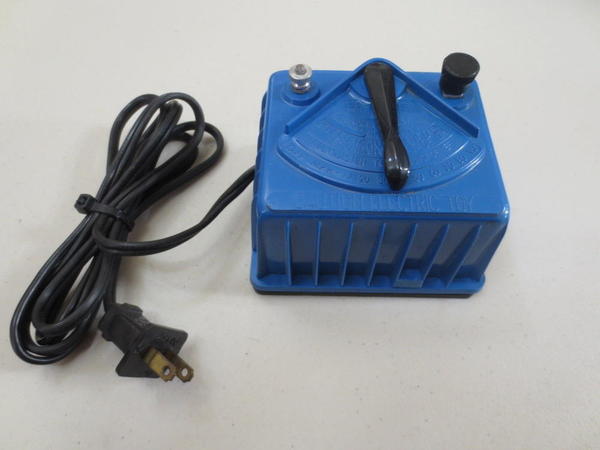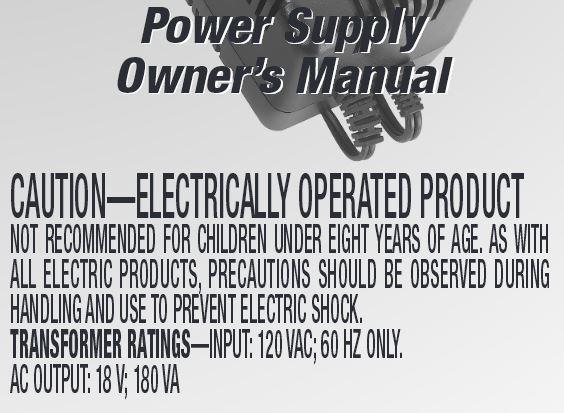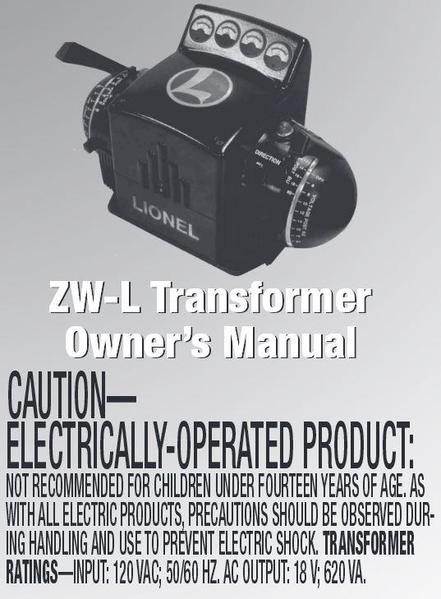Bob, this was made as a very basic NO frills, starter set transformer, which may account for the bargain price you paid. Williams always recommended a 90 watt transformer for proper sequencing of the electronic e-unit, so this transformer may not run the Williams Geep satisfactorily.
In the very beginning of my re-entry into the train hobby, I utilized this K-Line transformer. Yes, it does have a circuit breaker inside. It's a very low amp transformer. As I recall, I could run an MPC-era loco with it, but no extra illuminated cars without tripping the circuit breaker. As matter of fact, I recall trying to run two dual motored K-Line S-2's with it, and that tripped the transformer.
The one advantage of this transformer, is the low start up voltage, so you can run a K-Line DC motored engine slowly. On the other hand, the high voltage of the transformer will allow the loco to fly off the track.
Yes, the transformer would be useful for something like running a trolley car or a handcar. And you could certainly use it for accessories that might work better with a custom set voltage, versus the fixed voltage posts of a larger, more powerful transformer.




